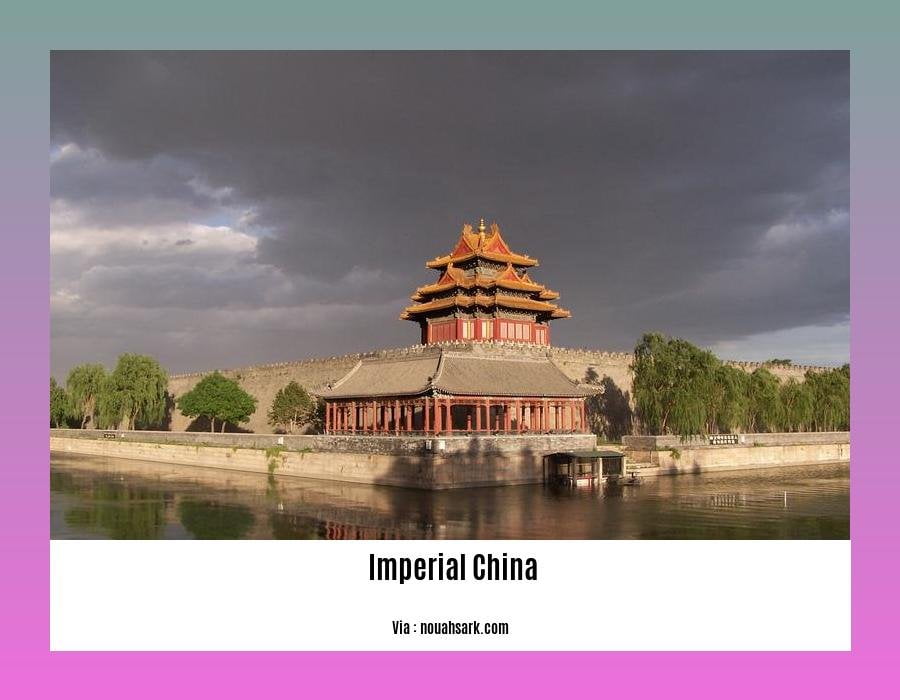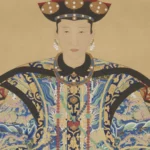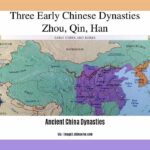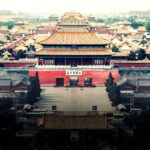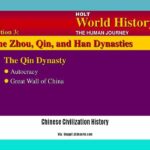Step into the enigmatic world of Imperial China, a captivating realm where ancient dynasties flourished and left an indelible mark on history. From the unification of the Qin dynasty to the technological brilliance of the Tang dynasty, embark on a journey through this fascinating civilization, unraveling its political complexities, social structures, economic power, and rich cultural traditions.
Key Takeaways:
- China is an ancient civilization with roots in the Yellow River valley.
- Imperial China experienced periods of unity and division, as reflected in the dynastic cycle.
- China is one of the world’s oldest and most influential civilizations.
- The Qing dynasty expanded China to its greatest extent but faced challenges from European powers.
- The Xinhai Revolution marked the end of imperial rule and the rise of the Republic of China.
Imperial China
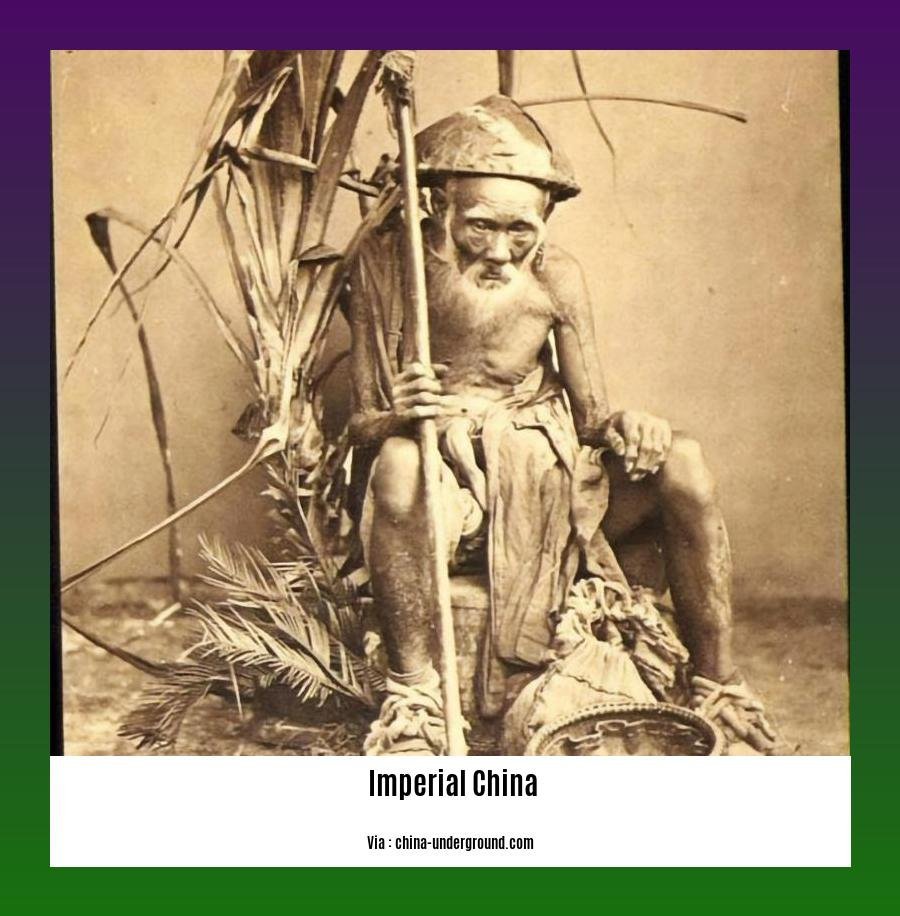
China’s captivating history unfolds like a rich tapestry, woven with threads of unity, fracture, and cultural splendor. Imperial China, a period of profound significance, stands as a testament to the enduring legacy of Chinese civilization.
For millennia, Imperial China flourished along the Yellow River and Yangtze River basins, giving rise to dynasties that shaped the course of Chinese history. The Qin dynasty, founded in 221 BCE, unified China under its first emperor, Qin Shi Huang, establishing a centralized administration and laying the foundation for a vast empire.
Throughout history, Imperial China experienced periods of prosperity and decline, known as the dynastic cycle. Dynasties such as the Han, Tang, and Song witnessed remarkable advancements in technology, culture, and governance. The Tang dynasty, in particular, fostered a golden age of innovation, with its renowned achievements in poetry, painting, and papermaking.
The Imperial China period culminated with the Qing dynasty, which ruled from 1644 to 1912 CE. The Qing expanded the empire to its greatest territorial extent, spanning vast regions of Central and East Asia. However, increasing contact with European powers during this time brought challenges and conflict.
In 1911, the Xinhai Revolution brought an end to Imperial China and established the Republic of China. While this marked a significant turning point in Chinese history, the legacy of Imperial China continues to reverberate in modern China, shaping its culture, traditions, and national identity.
Explore the rich tapestry of China’s past with our comprehensive guide to its history of china. Delve into the fascinating reigns of its ancient dynasties, and witness the transformative events that shaped the modern Peoples Republic of China.
Social Structure and Confucianism
Confucianism is a philosophy that has shaped Chinese social structure for centuries, emphasizing values of harmony and order. It teaches that society should be based on the five key relationships: 1. Father to son, 2. Older sibling to younger sibling, 3. Husband to wife, 4. Friend to friend, 5. Ruler to subject. This hierarchical framework emphasizes respect and obedience for those in positions of authority.
Central to Confucianism is the concept of family, considered the fundamental unit of society. Filial piety, or respect for one’s parents, is a highly valued virtue. These principles extend beyond the family, guiding interactions in all aspects of life. The impact of Confucianism is undeniable, shaping social norms and influencing Chinese society for over two millennia.
Key Takeaways:
- Confucianism emphasizes social harmony and order.
- The family is the foundation of Chinese society, with filial piety being paramount.
- Confucianism has deeply influenced Chinese social structure, fostering values of respect, obedience, and hierarchy.
Citations:
Cultural Achievements and Artistic Legacy
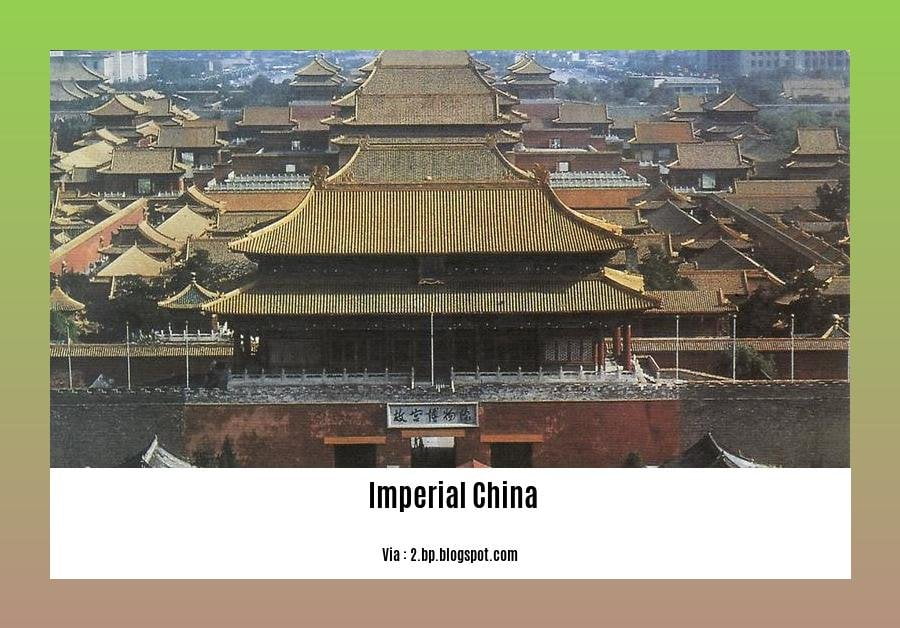
Imperial China has gifted us myriad cultural treasures of timeless beauty and significance. From the elegant calligraphy of the Song dynasty to the vibrant ceramics of the Tang dynasty, the Cultural Achievements and Artistic Legacy of this era continue to inspire awe and wonder.
Calligraphy: A Timeless Art Form
Chinese calligraphy, an esteemed art in Imperial China, transcended mere writing. The fluid strokes, brushwork, and character formation were an expression of harmony, elegance, and profound beauty. During the Song dynasty, calligraphy flourished, producing masterpieces that showcased a diversity of styles and techniques.
Ceramics: A Tapestry of Colors and Forms
The Tang dynasty witnessed a golden age of ceramic production. Tang ceramics tantalized with their vibrant glazes, exquisite patterns, and diverse shapes. From the elegant three-colored ware to the exquisite white porcelain, these ceramics symbolized the technological advancements and artistic prowess of the era.
Poetry: A Symphony of Words
Imperial China nurtured a rich literary tradition. Tang dynasty poets, such as Li Bai and Du Fu, penned verses that encapsulated the beauty of nature, the complexities of human emotion, and the search for meaning. Their poems, filled with imagery and poignant reflections, have resonated with readers for centuries.
Painting: A Canvas of Imagination
Chinese painters of the Tang and Song dynasties captured the essence of their world through their brushstrokes. Their landscapes depicted vast mountains, serene rivers, and ethereal skies, creating a sense of harmony between humanity and nature. The bold ink paintings of the Song dynasty, with their minimalist style, conveyed profound emotions and spiritual insights.
Key Takeaways:
- Imperial China’s cultural achievements spanned multiple art forms, including calligraphy, ceramics, poetry, and painting.
- Each dynasty contributed unique styles and techniques, enriching the artistic legacy of China.
- The Song dynasty’s calligraphy and ceramics showcased harmony, elegance, and technological advancements.
- Tang dynasty poets penned verses that captured the beauty of nature and human emotions.
- Song dynasty painters created minimalist ink paintings that conveyed profound emotions and spiritual insights.
Relevant Sources
- Imperial China’s Cultural Achievements
- Art and Culture of Imperial China
Foreign Interactions and Cultural Exchanges
Imagine Imperial China as a vibrant tapestry woven with threads from distant lands. From the Silk Road’s bustling arteries to the imperial court’s halls adorned with exotic wonders, foreign interactions and cultural exchanges left an indelible mark on China’s destiny.
Tributary System: A Diplomatic Tapestry
China’s premodern worldview placed it as the “Celestial Dynasty,” the apex of civilization. States who acknowledged its supremacy as tributaries formed a network of diplomatic relations. The imperial court received envoys, gifts, and tributes, while acknowledging the vassal states with titles and privileges.
Five Zones of Submission: A Gradual Embrace
The vast realm around the imperial capital was divided into five concentric zones of submission. The closer the zone, the stronger the Emperor’s influence. Foreign entities fell within these zones, their interactions defined by the Emperor’s benevolence and power.
Silk Road: A Gateway to Exchange
The Silk Road, a network of land and sea routes, was China’s lifeline to the West. It transported not only luxury goods like silk and spices but also ideas, technologies, and religions. Foreign merchants, scholars, and pilgrims traveled along it, fostering cultural exchange and innovation.
Isolationism and Trade: A Balancing Act
Imperial China experienced periods of isolationism, limiting foreign influence. However, it also maintained extensive trade with neighboring states and through the Silk Road. This delicate balance between isolation and connectivity shaped China’s development throughout history.
Key Takeaways:
- The Tributary System established a hierarchical diplomatic order with China at its apex.
- The Five Zones of Submission provided a framework for foreign interactions based on proximity to the imperial capital.
- The Silk Road facilitated extensive cultural exchange and economic connections with the West.
- Imperial China navigated a delicate dance between isolationism and trade, preserving its sovereignty while fostering external influences.
Relevant URL Sources:
- Foreign Relations of Imperial China
- History of Chinese Foreign Relations
FAQ
Q1: What were the key characteristics of Imperial China?
A1: Imperial China was marked by a centralized government, a bureaucratic administration, and a hierarchical social structure.
Q2: What role did Confucianism play in Imperial China?
A2: Confucianism was the dominant philosophy in Imperial China, and it played a major role in shaping the social, political, and cultural values of the society.
Q3: Was Imperial China isolationist?
A3: While China experienced periods of isolationism, it also maintained extensive trade and cultural exchange with other countries through the Silk Road.
Q4: What were the Five Zones of Submission?
A4: The Five Zones of Submission was a system by which Imperial China divided the lands around its capital into zones based on the strength of the Emperor’s benevolent influence.
Q5: How did Imperial China interact with other states?
A5: Imperial China viewed itself as the center of civilization and saw other states as tributaries under its suzerainty.
